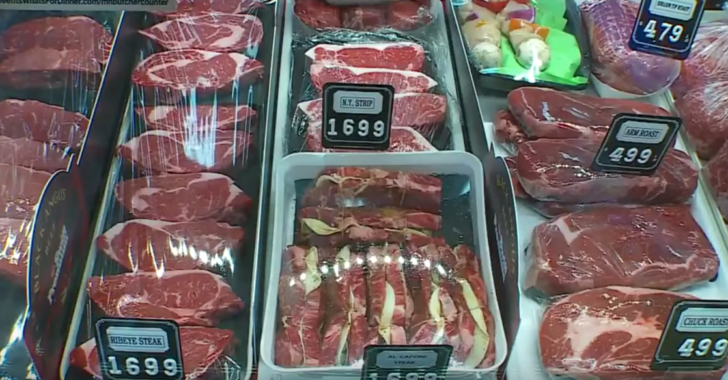Ground beef is a dinnertime staple around our house. It can be used in so many dishes, from casseroles to tacos and everything in between. Ground beef is as versatile as it is inexpensive – or, at least relative to other cuts of meat. If you’ve ever opened a package of ground beef and wondered if it’s gone bad, you’re not alone! Sure, you hate to throw away meat, but it’s not worth the risk of food poisoning. Check out the article below to learn the signs of spoiled beef, and just as important, what things you don’t have to worry about.
Turning Gray
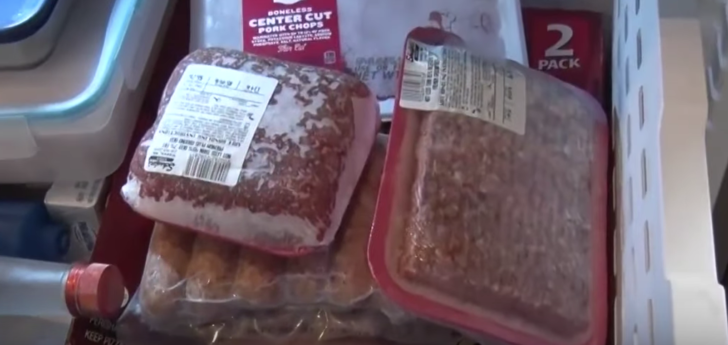
Have you ever chopped up a package of ground beef only to find that the inside is a brownish-gray color? Surely, this must be a sign that the meat has gone bad, right? Not so fast! According to the USDA, ground beef has the reddish color on the outside because of the way oxygen interacts with the pigments in the meat. If the inside of your ground beef is gray, it’s probably because it hasn’t been exposed to oxygen.
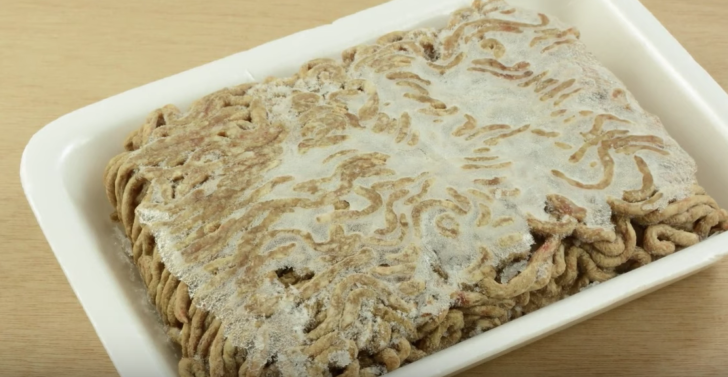
However, if all or a lot of the meat has turned gray, it’s best to check for freshness using one or both of the following methods. First, the sniff test. Fresh beef has a bit of an iron or metallic smell. If there’s any hint of sour or rotten smell, go ahead and toss the beef. Second, the touch test. Ground beef should be damp to the touch, but not slimy or sticky.
Choosing Fresh Ground Beef
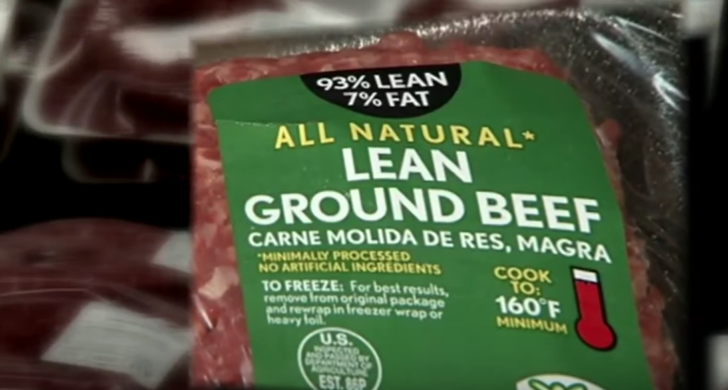
First, select a package at the store that is cold to the touch. Be sure to store the beef in your fridge or freezer right away. You should cook or freeze your ground beef within two days of purchasing it. If you are de-frosting the beef, it’s best to do so in the refrigerator instead of the microwave, or worse, letting it sit out on the counter.

Ground Beef Vs. Hamburger
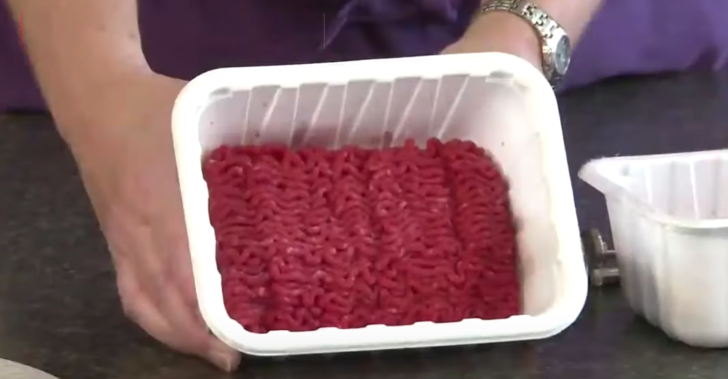
Wait, aren’t these the same thing? Not at all! Ground beef can only be made from skeletal muscles, and it can only contain up to 30% fat in total. Hamburger, on the other hand, can contain organs as well as muscle, and while it can only have up to 30% fat, more fat can be added after processing to “beef it up” so to speak.
